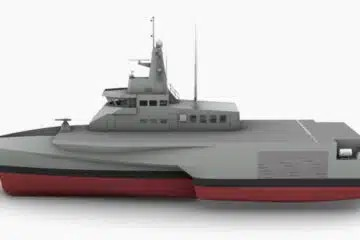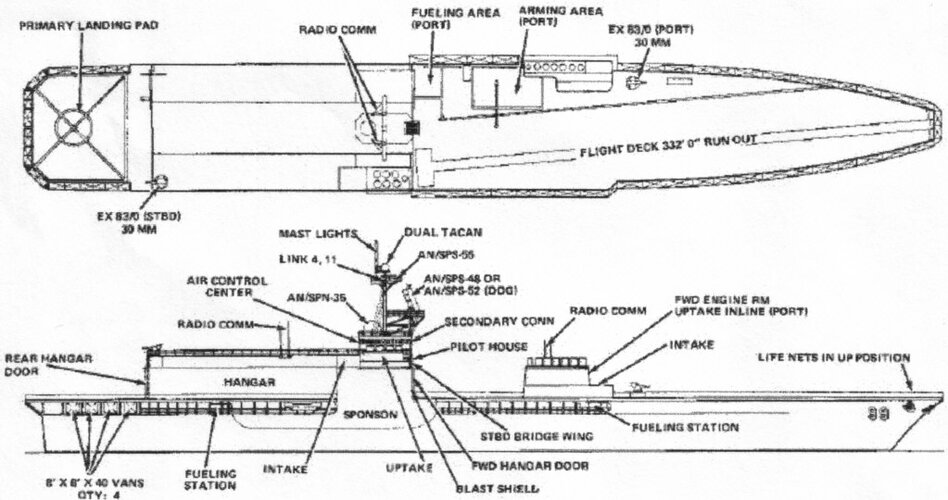- Joined
- 11 February 2007
- Messages
- 2,098
- Reaction score
- 3,109

Work starts on Portuguese navy helicopter/UAV-carrier vessel
Damen Shipyards has begun work on a new multi-role maritime platform that will enable the Portuguese navy to conduct tasks including the operation of embarked helicopters and unmanned air vehicles (UAVs).
Damen's begun work on the MPSS 7000 for the Portuguese Navy.
There's an interview with Admiral Melo, Portuguese Chief of Naval Staff, about the design here.
I think the controversial elements are that they see it as a replacement for their frigates, rather than an adjunct, the largest surface vessel other than this will be 500t OPVs; and that the only weapons systems will be those carried by the air/drone group.




